The Evolution of Brushstrokes Throughout History by Trese Judd
Introduction
Painting is a medium with a rich and complex history, a creative journey spanning centuries across cultures and continents. At each stage of this artistic evolution, brushstroke techniques have played an integral role in shaping the art form’s style and character.
We will explore the evolution of brushstrokes throughout history in this blog post. We’ll also explore the some of the most iconic artwork of all time.
Brushstrokes in Prehistoric Art
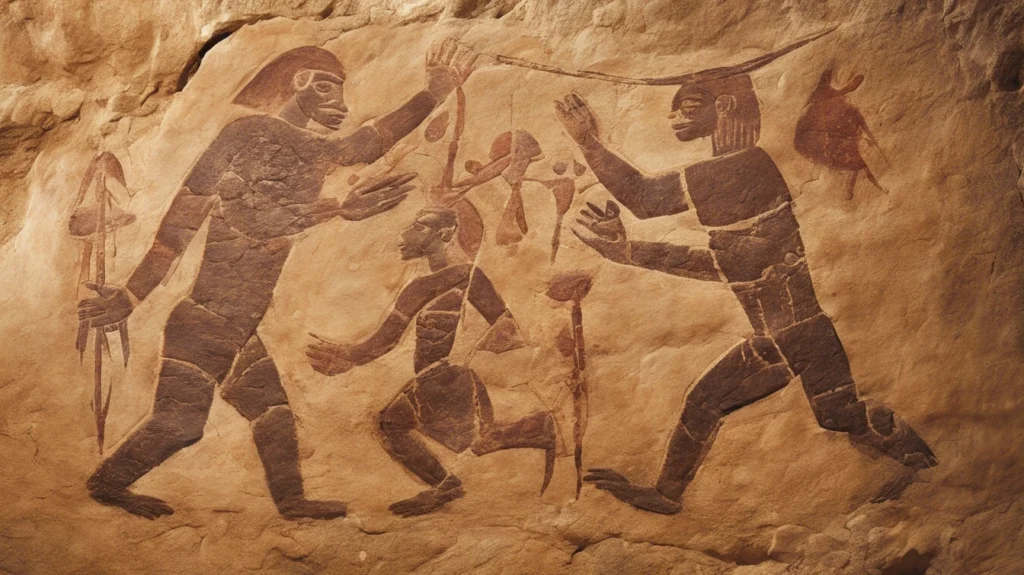
Prehistoric art encompassed a range of artistic styles and techniques dating back over 40,000 years. Ancient artists would use natural pigments to create paintings on cave walls, animal hides, and other mediums. It is understandably difficult to pinpoint how brushstrokes were used during this period. However, some cave paintings suggest that early humans may have simply applied pigments. Interestingly enough, they did so with their fingers or crude tools such as twigs or reeds.
Brushstrokes in Ancient Art
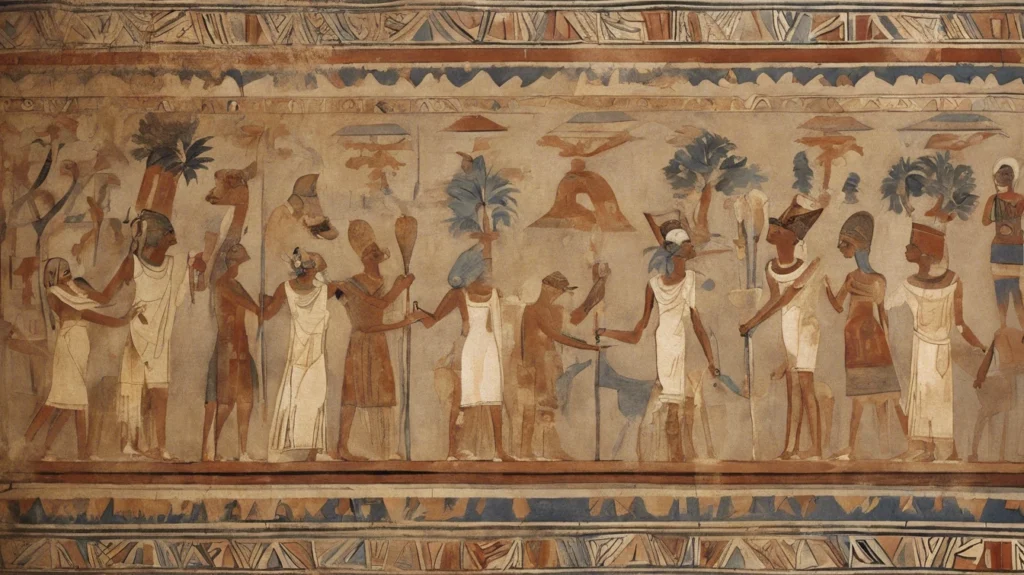
The earliest civilization known to have used painting as a form of expression was ancient Egypt. The Egyptians created frescoes by applying pigments to wet plaster surfaces. However, instead of using brushes like we do today, they composed their artwork using small sticks or reeds.
In ancient Greece, artists used a technique called encaustic painting, which involved heating pigments together with beeswax and applying the mixture to surfaces with brushes made from animal hair. The rapid flow of the hot wax paint allowed Greek artists to create masterful works with detailed textures and smooth transitions between colors.
Brushstrokes in Medieval Art
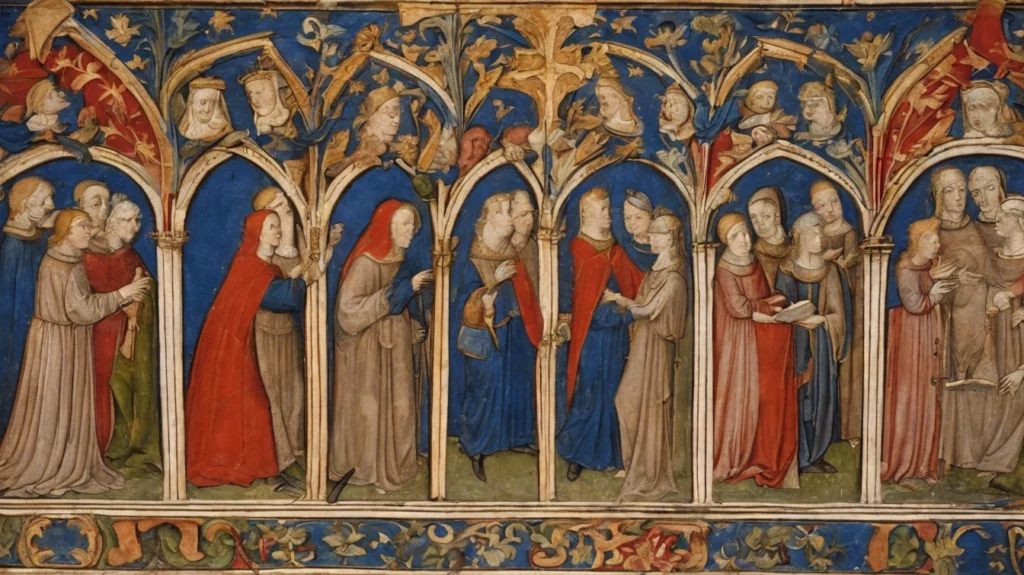
During the medieval period, many artists painted religious subjects in a style known as Byzantine art. This style was characterized by its flatness, vivid color palettes, and the use of gold leaf to convey divine glory. Artists used brushes made from animal hair to apply pigments to wood panels or parchment paper.
Throughout the middle ages, new brush stroke techniques were developed as oil painting became more popular. The use of oil paint allowed for greater intricacy and depth in the resulting artwork. Medieval artists often used small brushes to create highly detailed works of art with thin brush strokes.
Renaissance Art
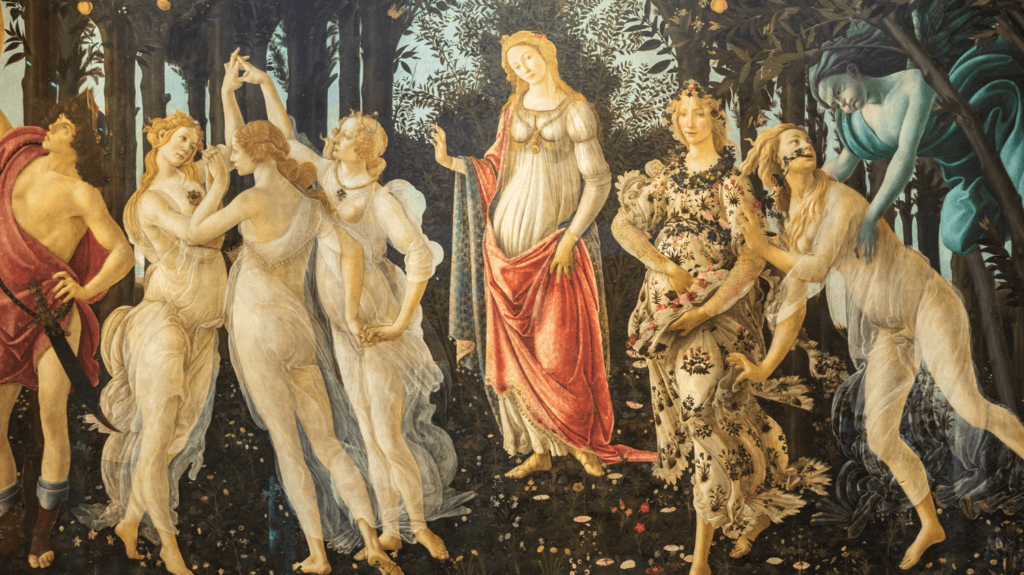
The Renaissance period was a time of great innovation and experimentation in painting techniques, expanding beyond the flat, two-dimensional style of medieval painting. New ideas about perspective, composition, and lighting laid the foundation for the great artistic masterpieces of the Renaissance.
During this period, artists such as Leonardo da Vinci, Michelangelo, and Raphael perfected their brushstroke techniques, creating works that were known for their lifelike realism. Many Renaissance painters developed an interest in incorporating actual light sources into their paintings, giving them a sense of depth and dimensionality that had not been seen before.
Leonardo Da Vinci famously used delicate sfumato technique which created a misty, hazy effect on his portraits by layering fine layers of oil colors. During this period, brushstrokes were also used to indicate movement or emotion in a painting.
Baroque Art
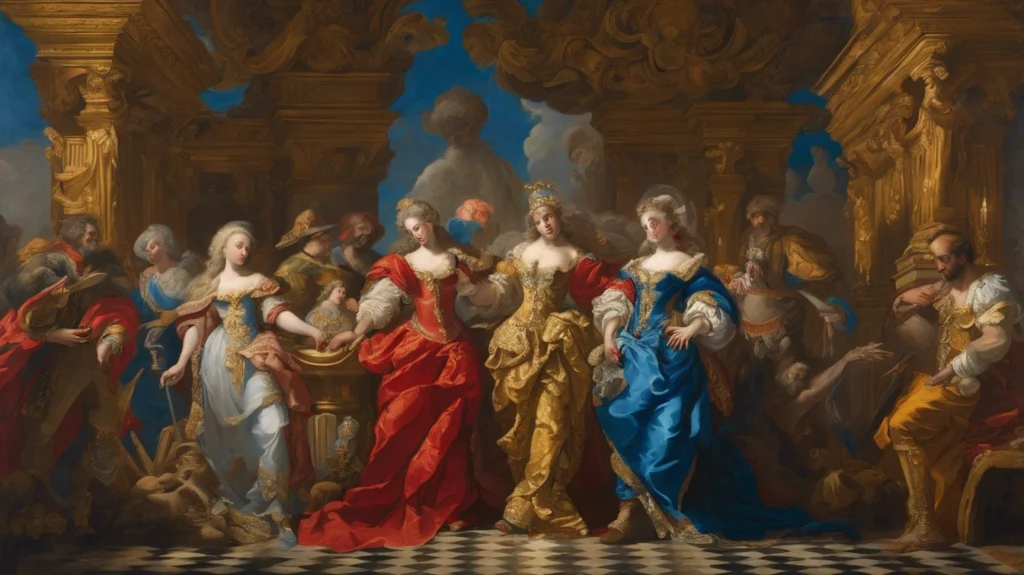
The Baroque style originated in Italy in the late 16th and early 17th centuries. This period saw artists shifting away from the clean lines and symmetry of the Renaissance. Instead, there was a shift towards a more complex and emotional style of painting. Artists used brushwork extensively to create highly textured and expressive surfaces.
A key figure in the development of Baroque art was Caravaggio. He pioneered a technique known as chiaroscuro, where dark shadows accentuate certain elements with dramatic lighting effects. Caravaggio used visible brushstrokes to create texture and drama in his paintings.
Another influential artist of this era was Peter Paul Rubens, who applied thick, fluid brushstrokes in bold colors to convey a sense of vitality and passion on his subjects. Other Baroque artists such as Diego Velazquez, Rembrandt van Rijn also experimented with unique brushstrokes to create a personality-rich portrait with light and shade effectively.
Impressionist Art
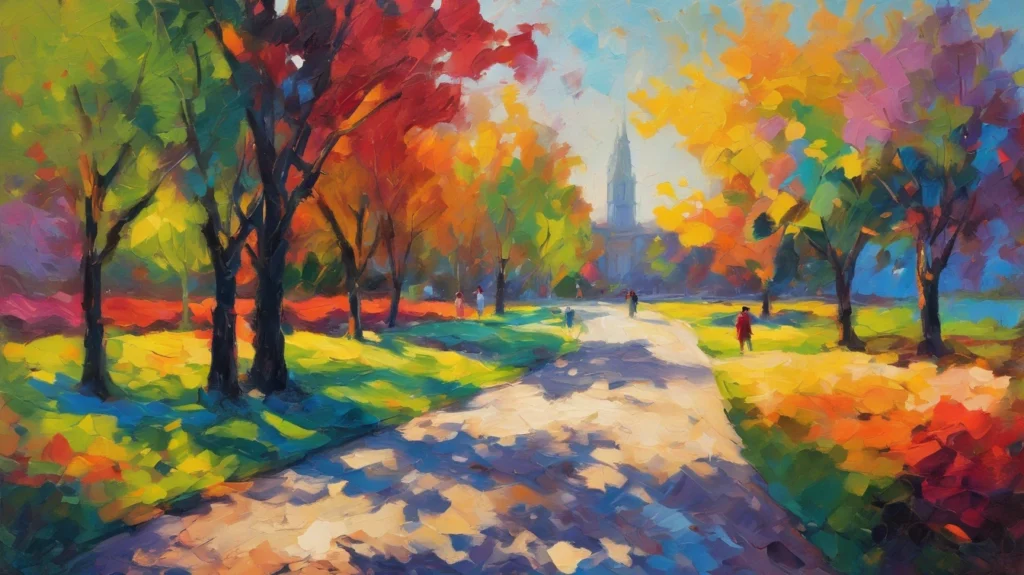
Artists in the late 19th century emerged with the Impressionist movement, characterized by their fascination with light, color, and the natural world. This style of painting utilized loose, visible brushwork and brilliant colors to convey atmospheric effects, movement, and mood.
Monet, Van Gogh, Gauguin, and many others defined the Impressionism era with their stroke patterns and colors. Instead of blending colors on the palette, impressionist painters would mix hues through dragging painted patches throughout their compositions. The effect certainly produces a sensation of motion and light that captured the moment’s fast-changing ambiance.
Modern Art
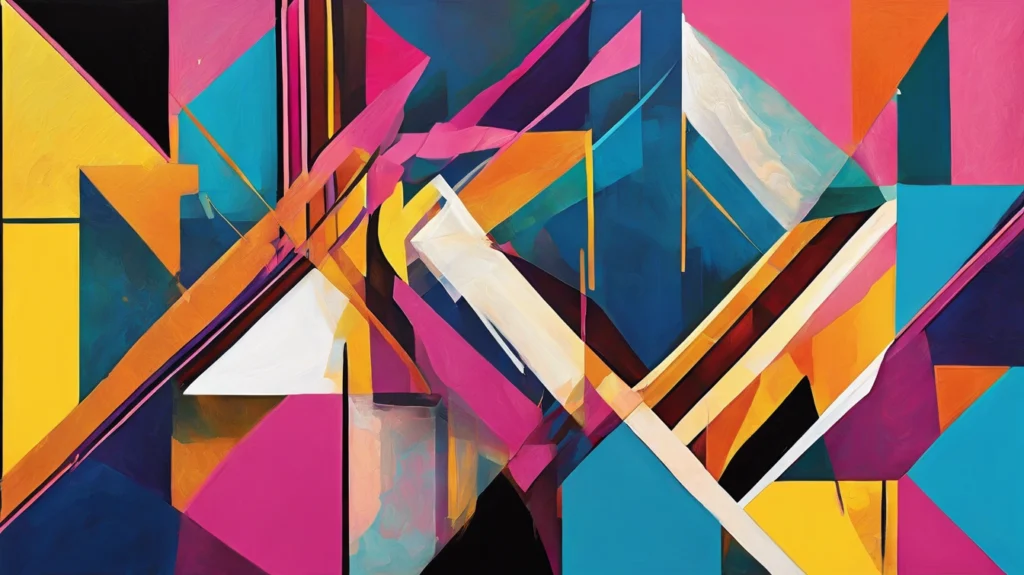
In the early 20th century, modern art movements such as Surrealism, Cubism, and Dadaism emerged. These movements brought new concepts about creative mannerisms and artistic representation. Some artists sought the complete annihilation of conventional brushstrokes altogether. Concurrently, others experimented with bold new methods to create their styles.
Pablo Picasso’s cubist paintings broke down traditional forms into geometrical shapes. He achieved this with many disjointed angles. His brushes would change from pig bristle to anything that could leave marks on the canvas. Meanwhile, Jackson Pollock developed his signature drip technique, which involved flinging paint onto canvases to create seemingly chaotic but intricately designed works.
Conclusion
Throughout history, brushstroke techniques have been an essential part of the artistic process and medium innovation. From the prehistoric cave paintings to the modern-day contemporary artworks, each period of development has seen artists perfecting different textured finishes and unique styles using a variety of brushwork methods.
Understanding the historical significance of brushstrokes helps us better appreciate how masterpieces are crafted using shading, texture, form, and emotional expression. Whether we are appreciating ancient Egyptian frescoes or contemplating a modern art exhibition, the evolution of brushstrokes techniques throughout history is a fascinating journey of creative discovery.

